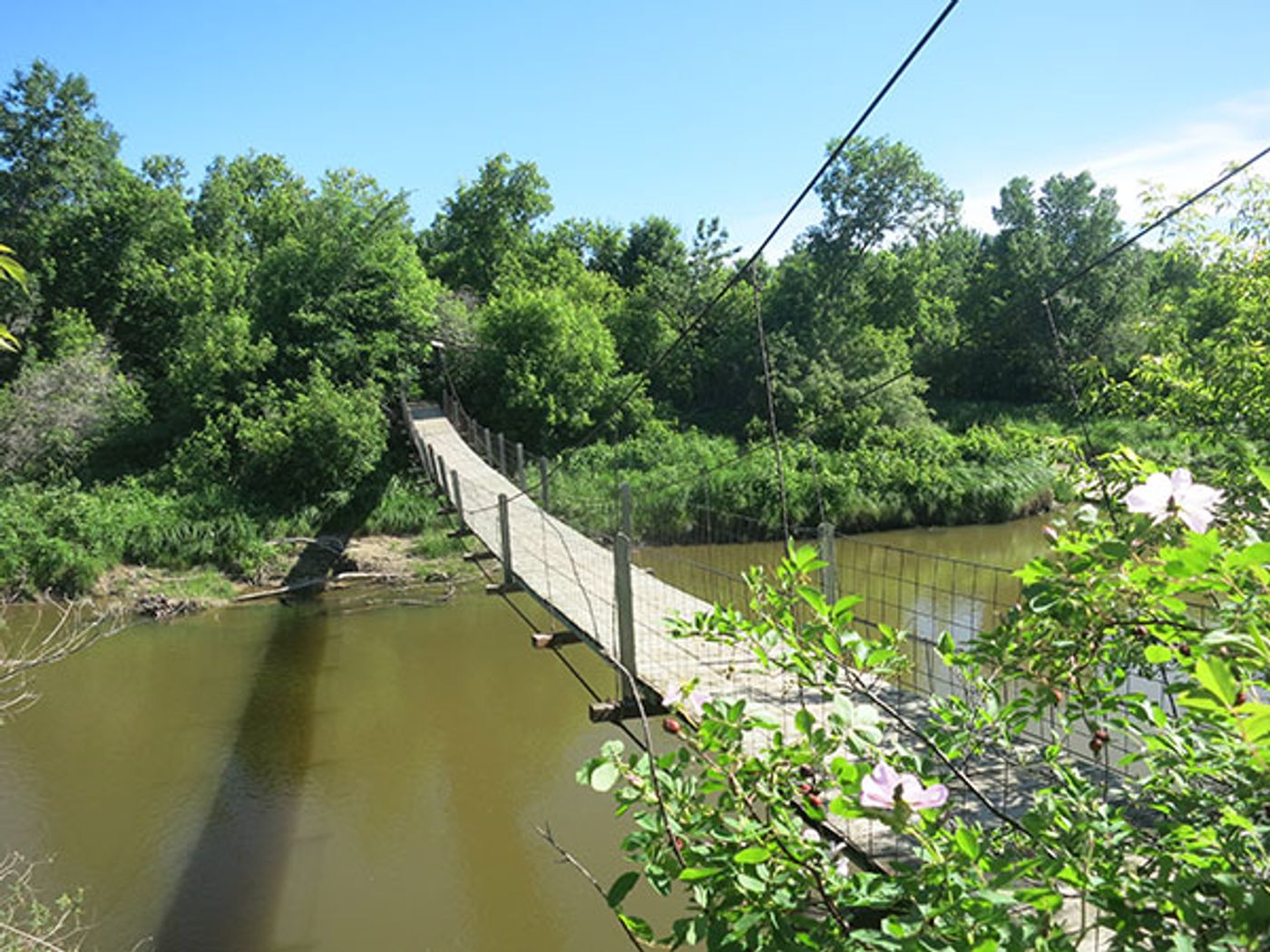How rivers resist erosion
A new study from University of Pennsylvania researchers explains the geophysics behind how rivers resist erosion. Published in the journal Nature Communications, the team found that a phenomenon called granular segregation helps how rivers form and also how they erode.
Granular segregation refers to a layer of larger particles that are often found along the tops of riverbeds. In riverbeds, it’s called riverbed armoring, but the geophysics of granular segregation can be applied to many granular materials such as soils and industrial and pharmaceutical substances.
To figure out the granular physics in a fluid system such as a river, the team of scientists created a simulated laboratory riverbed, using a doughnut-shaped channel filled with large and small spherical particles. The top of the channel pushes the fluid over the particles, acting as the flow of a river. They then put a fluorescent dye into the fluid in order to scan through the entire depth of the “river” channel and see all the particles. Using a software program, the research team was able to follow each particle as it moved along the channel and determine how different motions affected it.
"There has been this granular segregation phenomenon that has been studied for decades," said Douglas J. Jerolmack, one of the authors of the study, "and then there's this separate explanation by geologists and engineers about why riverbeds get a coarse layer on the surface, and the two had never met before. Our major contribution here is really taking the granular physics understanding of the segregation of particles -- how big particles segregate and move up to the surface -- and introducing it to the river problem."
This plays into how rivers resist erosion. "We call this armoring because the larger particles are like an armor that protects the riverbed underneath from getting eroded," Jerolmack said. "If there are big cobbles that are lining the riverbed, then I'll need a big flood in order to move them." Understanding the physics behind erosion can help scientists more accurately predict landslides, mudslides, flooding, and other natural disasters. Jerolmack points out that infrastructure such as river-engineering projects, bridges, and buildings all depend on estimates of the erosion threshold and would benefit from a more comprehensive understanding of granular physics.
Sources: Science Daily, Nature Communications









